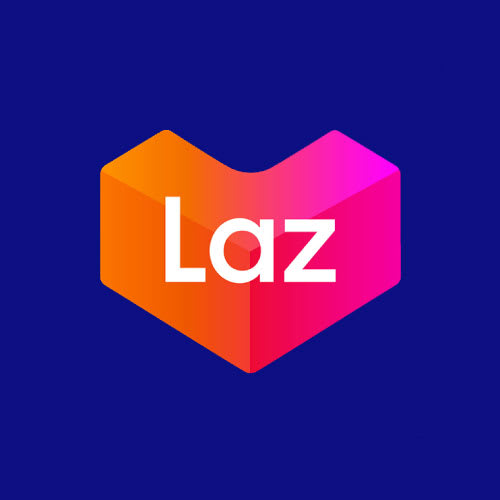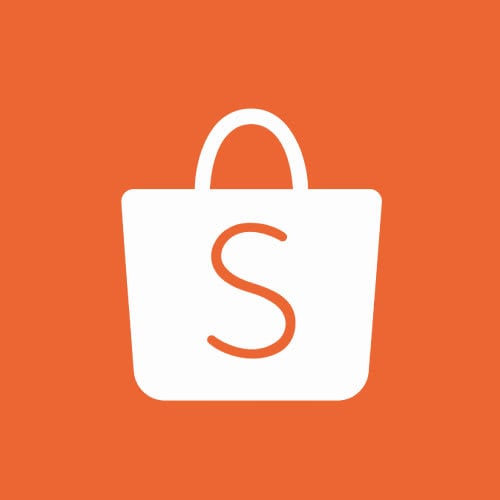Whether you’re commuting from Woodlands to the CBD, spending the day in back-to-back meetings, or just out café-hopping, chances are your phone battery won’t last the full day. And once your battery hits 10%, everything gets a bit more stressful — no more scanning to pay, no more checking bus arrivals, no more anything.
That’s why a reliable power bank is no longer just for “techies” — it’s something most of us carry every day.
But not all power banks are made equal. Some are slim and easy to carry around, while others pack serious charging power for laptops and tablets. Depending on your needs, it can be tricky to know what to look for.
We’ve reviewed the best power banks for different types of users — from students and office workers to travellers and heavy phone users — with honest pros, cons, and practical tips so you can pick the one that fits your daily life in Singapore.

Editor
Lloyd Kelly Miralles chevron_right
Table of Contents
Buying Guide - How to Choose a Powerbank in Singapore
Whether you're commuting across the island, working out of cafés, or just want to avoid that dreaded “low battery” ping before your next PayLah scan, a reliable powerbank makes everyday life a lot smoother. But with so many models out there, choosing the right one can get confusing.
Here’s a simple guide to help you find one that fits your actual lifestyle — not just the specs on paper.
How Much Do You Need?
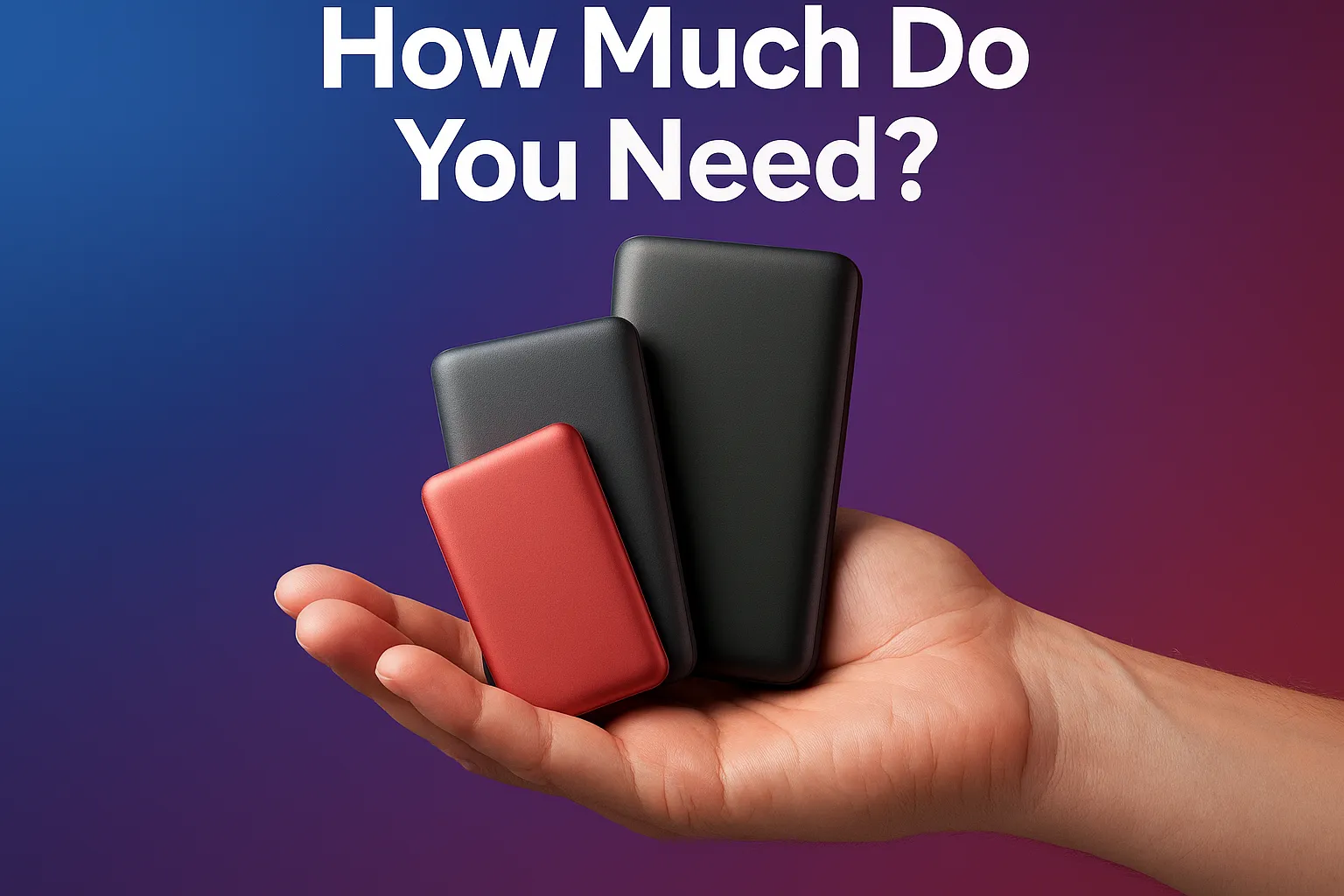
This is the most obvious feature people look at, but bigger isn’t always better. If you're mostly charging your phone and earbuds once or twice a day, a 10,000mAh powerbank is enough. If you’re out the whole day or charging more than one device, go for 20,000mAh or more.
|
Capacity |
Best For |
Typical Use |
|
10,000mAh |
Short commutes, topping up a phone or earbuds |
1.5–2 phone charges |
|
20,000mAh |
All-day use, tablets, sharing power with others |
3–4 phone charges or 1–2 tablet charges |
|
25,000mAh+ |
Remote work, travel, charging laptops or tablets |
Up to 5 charges or 1 full laptop charge |
Many newer phones have batteries around 4,000–5,000mAh, so use that as a rough guide when calculating what size you’ll need.
Don’t Waste Time Waiting
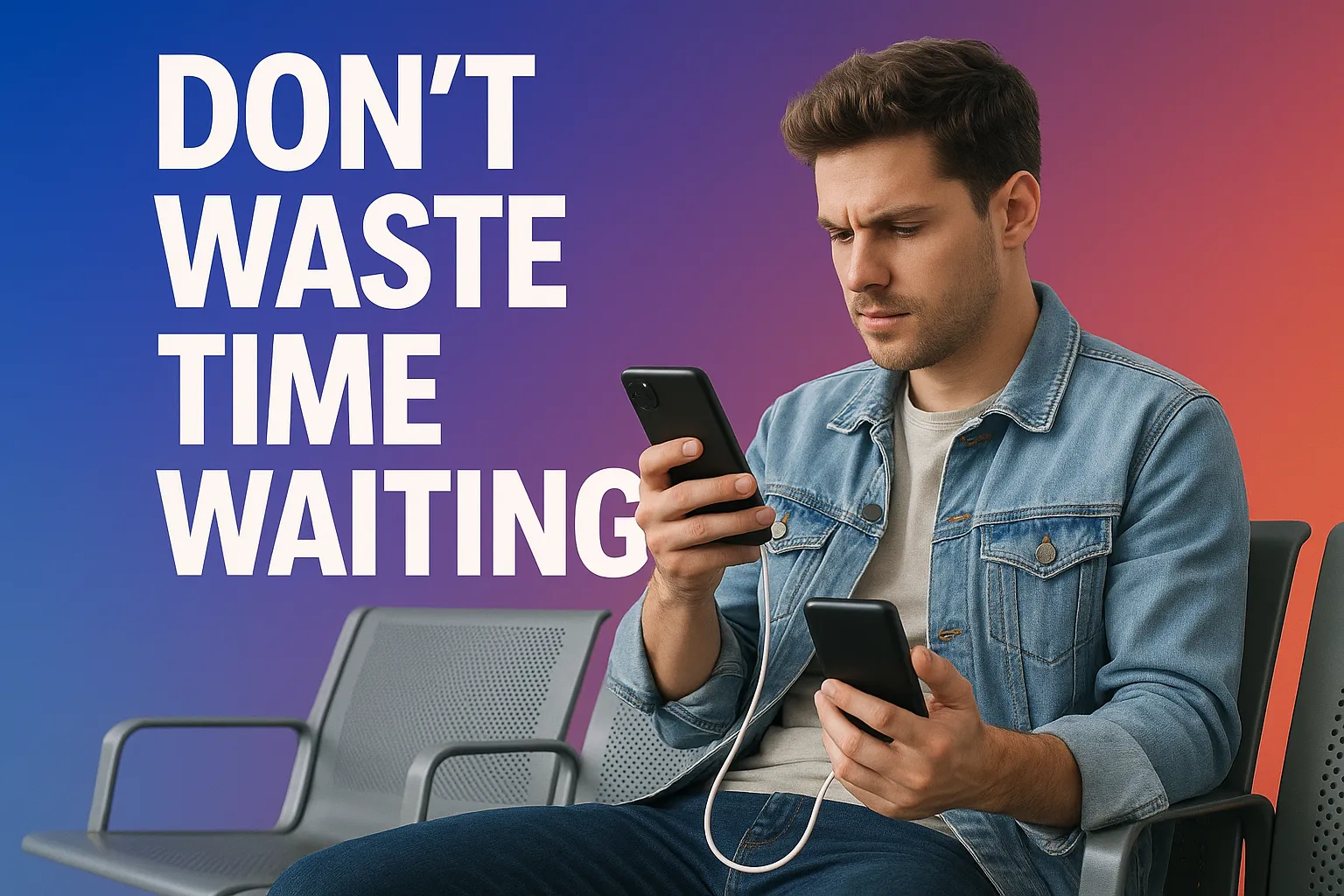
Charging speed depends on the output power of the powerbank, usually measured in watts (W). If your phone supports fast charging and your powerbank doesn’t, you’re stuck charging at snail speed.
Look for USB-C PD (Power Delivery) or Quick Charge (QC) if you want faster, more efficient top-ups.
|
Output Power |
Suitable For |
Examples |
|
18W–30W |
Phones, earbuds, tablets |
iPhones, Samsung S series, iPads |
|
45W–65W |
Tablets and small laptops |
iPad Pro, MacBook Air, Surface Go |
|
100W–145W |
Full-sized laptops |
MacBook Pro, Lenovo X1, Surface Laptop |
Some power banks also support fast recharging, so the bank itself charges quicker too. This is useful for large-capacity models that would otherwise take 8–10 hours to recharge.
How Many Gadgets Do You Charge?
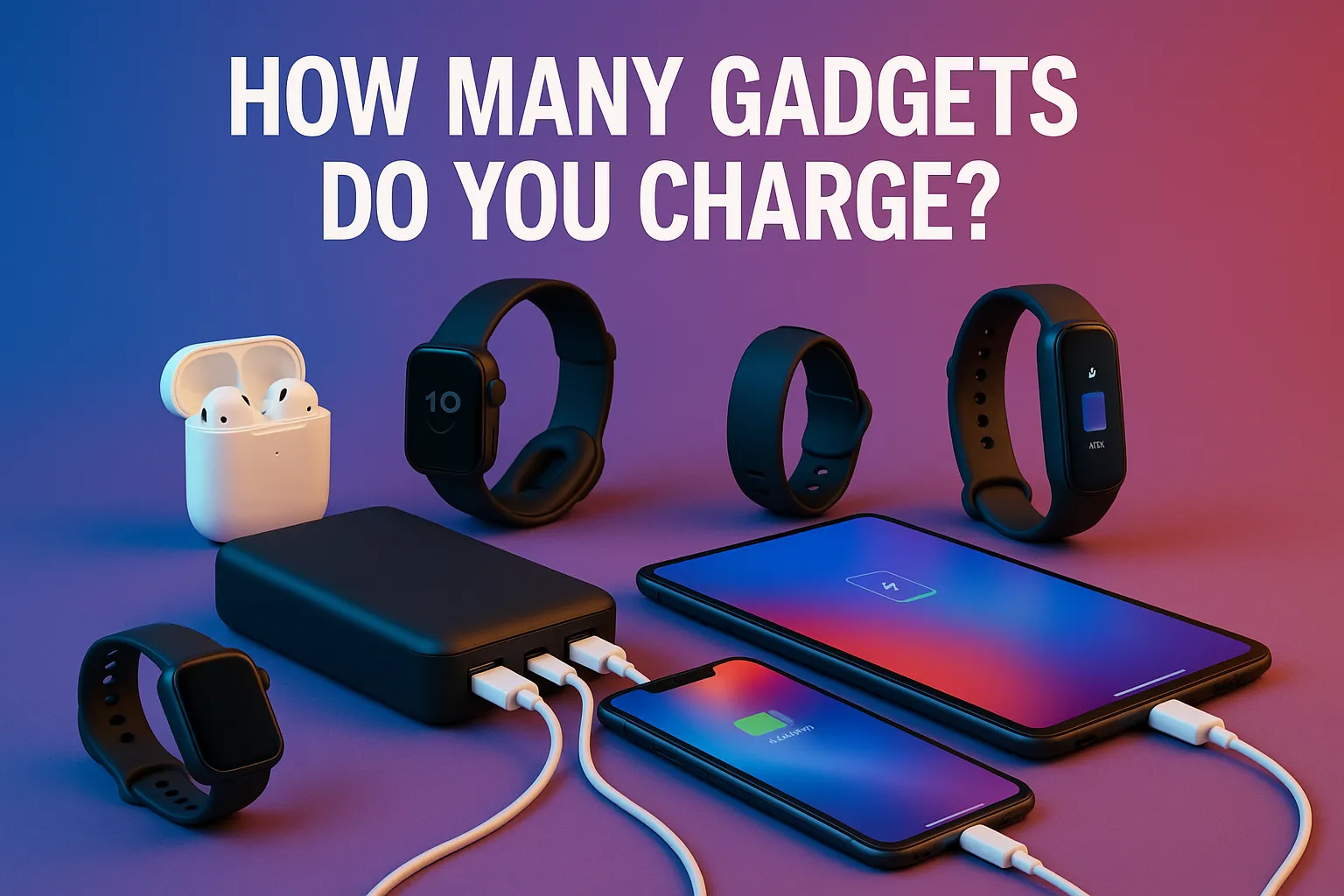
If you only ever charge your phone, you’ll be fine with one output port. But many of us are juggling phones, wireless buds, smartwatches, and maybe a second phone. Some powerbanks even let you charge three devices at once.
- 1 Port: Basic use, phone-only charging
- 2 Ports: Great for phone + one extra device
- 3 Ports: Best for multitaskers, shared use, or travel
Also, some power banks now include wireless charging pads — helpful when you’re at a café or meeting and want to charge without taking out a cable.
Will You Actually Carry It Around?
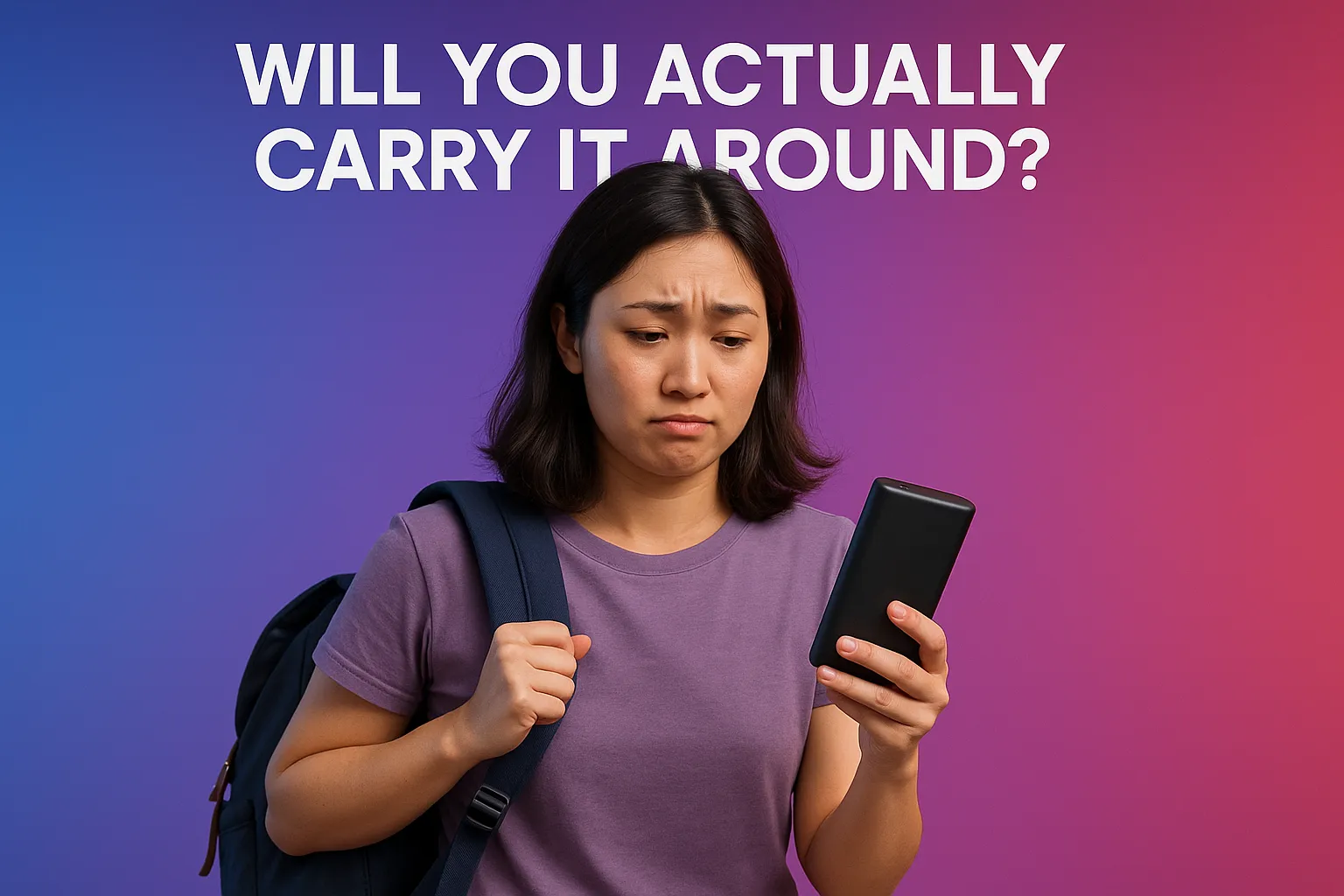
You could have the most powerful power bank in the world — but if it’s too heavy, it’ll just end up sitting at home.
Here’s how weight affects real-world usage:
|
Weight Range |
What It Feels Like |
Good For |
|
Under 250g |
Like a phone or wallet |
Light daily use, small bags |
|
250g–400g |
Compact umbrella or bottle |
All-day carry in a tote or backpack |
|
Over 500g |
Tablet or mini laptop |
Full gear setups, WFH, travel |
If you're usually carrying a backpack or work bag, a heavier model may not bother you. However, if you only bring a small cross-body or handbag, opt for something slim and light.
How Much Should You Spend?
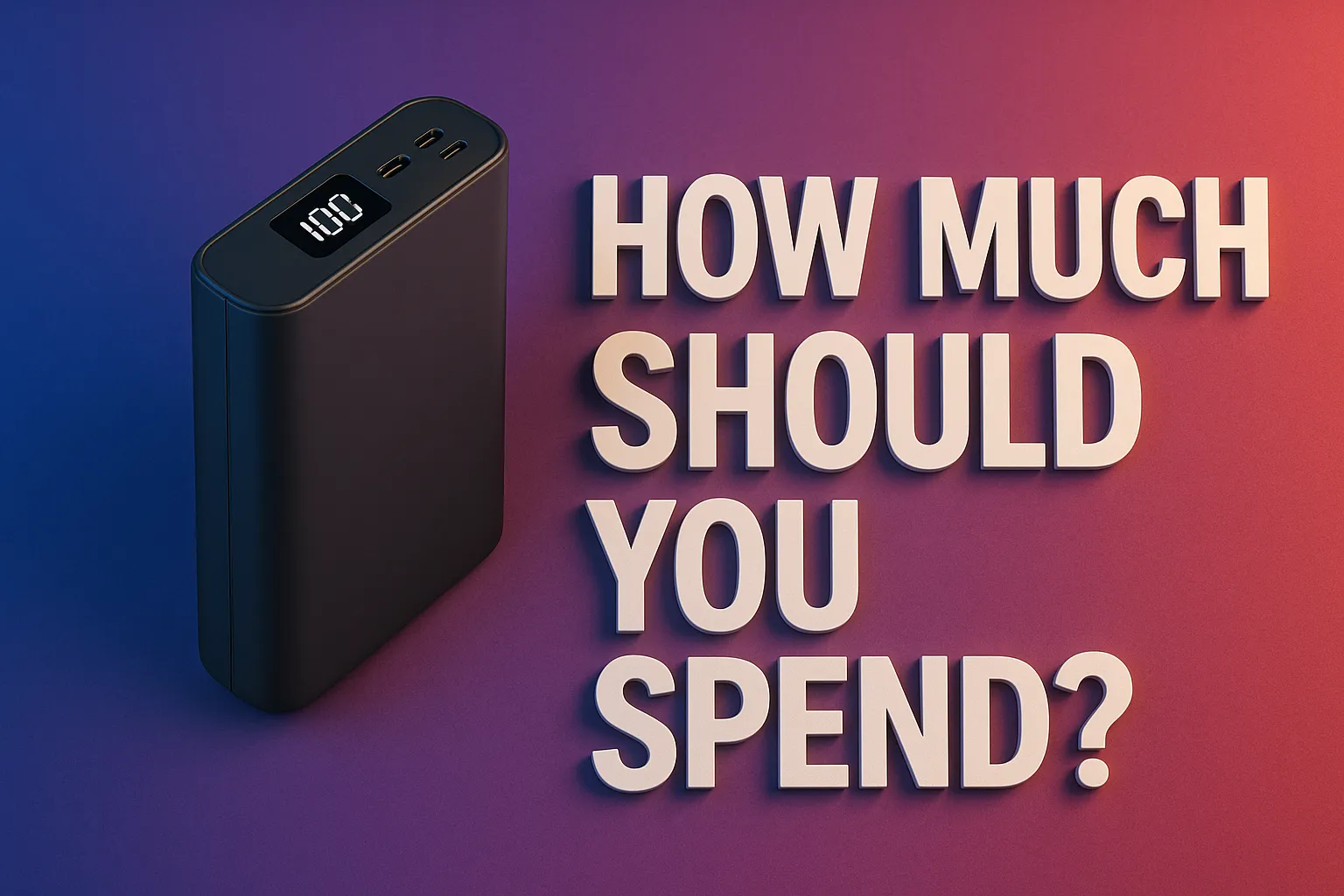
Powerbanks range from $30 to over $150, but not everyone needs the most expensive model.
|
Price Range |
What You Can Expect |
|
$30–$60 |
Basic models, slower charging, fewer ports |
|
$60–$100 |
Mid-range with fast charging, USB-C PD, and good reliability |
|
$100+ |
High performance, digital displays, laptop charging, premium design |
For most people, something in the $60–$90 range strikes a good balance between features and cost. You only need to go above $100 if you’re charging laptops or carrying multiple devices every day.
Extra Features – Worth Considering
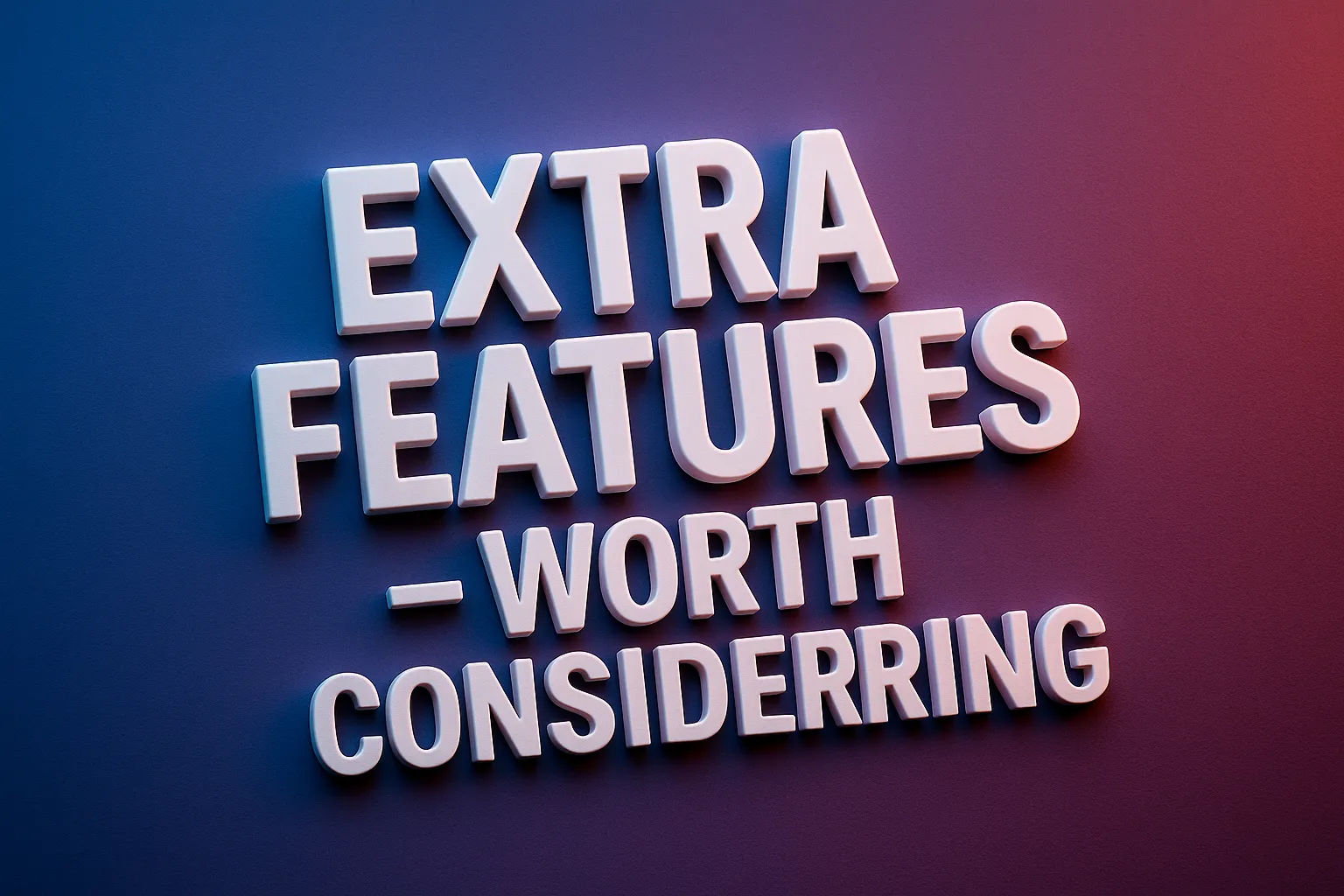
These features aren’t necessary for everyone, but they can make your daily charging experience more convenient.
- Digital battery display – More accurate than blinking lights; shows exact percentage.
- Built-in charging cable – Helpful if you always forget your cable, but make sure it matches your device (USB-C or Lightning).
- Wireless charging pad – Slower than cable, but convenient for bedside or café use.
- Pass-through charging – Lets you charge your phone while the powerbank itself is charging. Useful if you’re short on plug points.
Comparison Table - Top Powerbanks to Buy Online
| Model | Product Image | Typical SG Price | Where To Buy | Capacity |
Magnetic /Wireless |
Laptop‑ready? |
|---|---|---|---|---|---|---|
|
Xiaomi 212W HyperCharge |
 |
S$149–S$199 | 24,500 mAh | No | Yes (great) | |
| Xiaomi 165W |
 |
S$69–S$109 | 10,000 mAh | No | Short top‑ups | |
| Anker A1695 |
 |
S$179–S$249 | 25,000 mAh | No | Yes (great) | |
| Anker Zolo Mag |
 |
S$79–S$139 | 10,000 mAh | MagSafe/Qi | No | |
| UGREEN 145W |
 |
S$129–S$189 | 25,000 mAh | No | Yes | |
| UGREEN Nexode |
 |
S$99–S$159 | 20,000 mAh | No | Yes (bursts) | |
| EcoFlow RAPID Mag |
 |
S$69–S$119 | 5,000 mAh | Qi2/MagSafe | No | |
| Baseus PicoGo AM41 Mag |
 |
S$29–S$49 | 5,000 mAh | MagSafe/Qi | No | |
| Baseus Blade |
 |
S$119–S$169 | 20,000 mAh | No | Yes |
Frequently Asked Questions Answered by the ProductNation Team
Can I bring a powerbank on a plane?
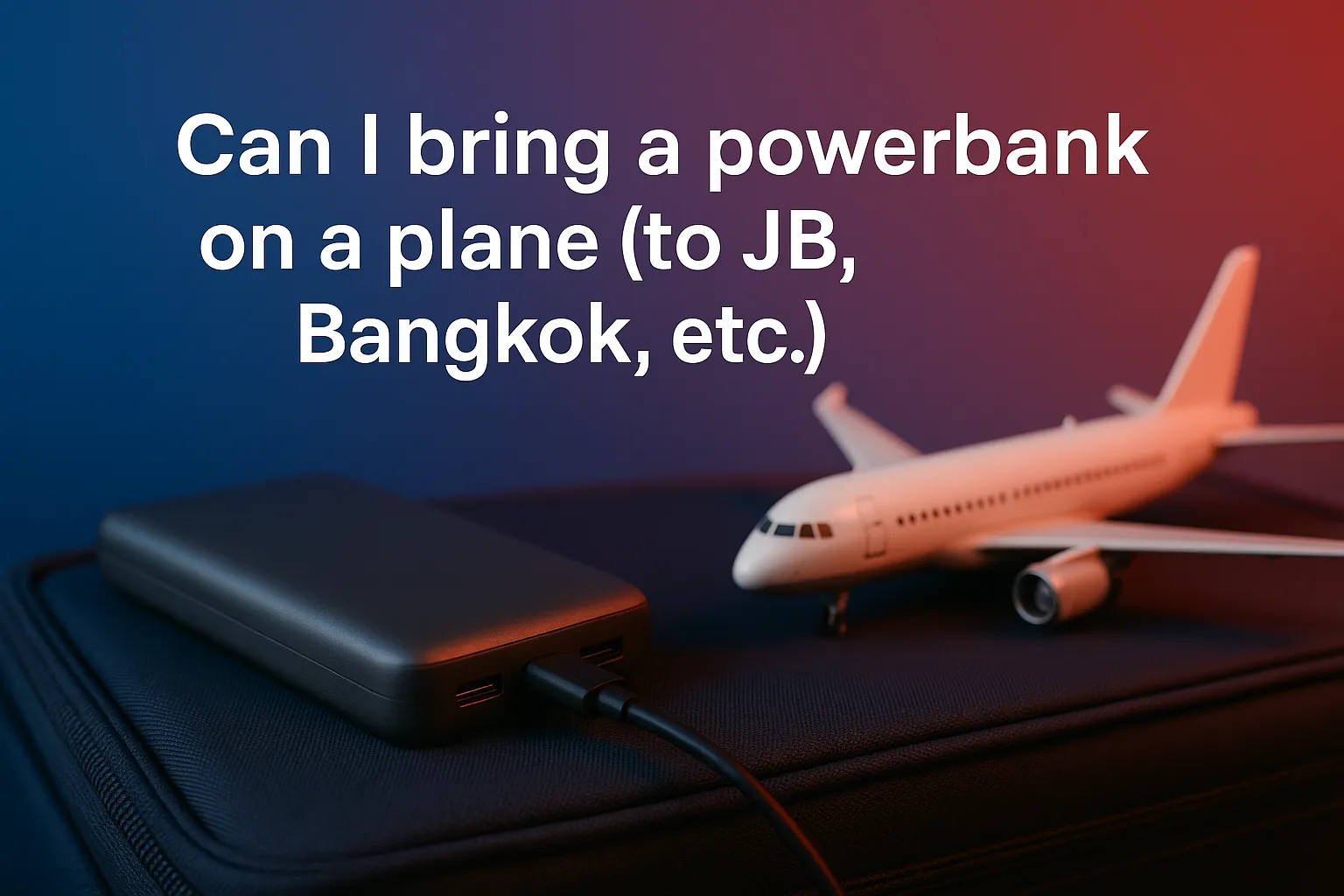
Yes, you can — but got rules lah. Powerbanks must go in your hand-carry, not checked luggage. As long as it’s below 27,000mAh (100Wh), you’re good. That covers most powerbanks in this guide.
One more thing — some airlines don’t allow you to use your powerbank during the flight. So even if you bring it on board, you might have to keep it off and stowed.
If you’re heading to JB by bus or train, no issues at all. Just make sure your powerbank's fully charged — the ones with LED displays help a lot.
How many times can it charge my phone?

Depends on your phone’s battery size and the powerbank capacity. Here’s a rough guide:
- 10,000mAh: Can charge most phones 1.5 to 2 times
- 20,000mAh: About 3 to 4 full charges
- 25,000mAh: Around 5 charges, give or take
Of course, you’ll lose a bit of power to heat and conversion, so don’t expect it to be 100% efficient.
Can I use a power bank to charge my laptop or iPad?

Yes — but only if your power bank has enough output power.
- iPads and tablets? You’ll want at least 30W output.
- MacBooks and laptops? Go for 65W and above, with USB-C PD (Power Delivery).
If your power bank only has USB-A or is under 18W, then sorry — it’s probably not going to cut it for laptops.
Why do power banks catch fire sometimes? Is it safe to leave it charging overnight?
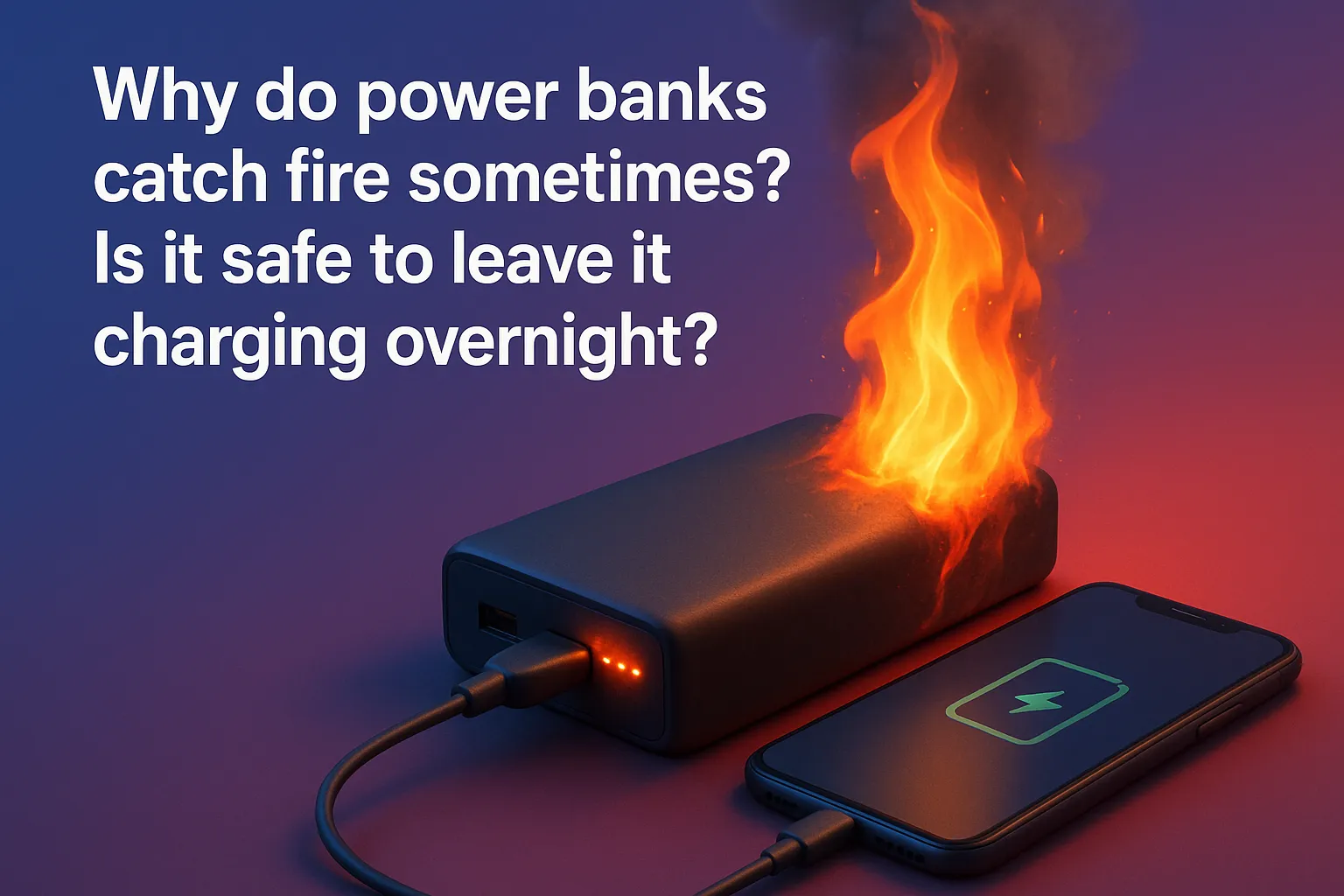
Power banks don’t just randomly catch fire — usually, it’s from overheating, bad cables, cheap components, or people using damaged ones.
To be safe:
- Don’t charge it on your bed or under a pillow (we’ve all done it — just don’t)
- Use a decent-quality cable
- Stop using it if it looks bloated or smells weird
As for overnight charging, modern power banks usually have protection chips, so it’s technically safe. But if you want to play it safe, unplug it before you sleep, lor. Especially if you’re charging on wooden surfaces or soft bedding.
How do I dispose of an old or spoiled power bank in Singapore?
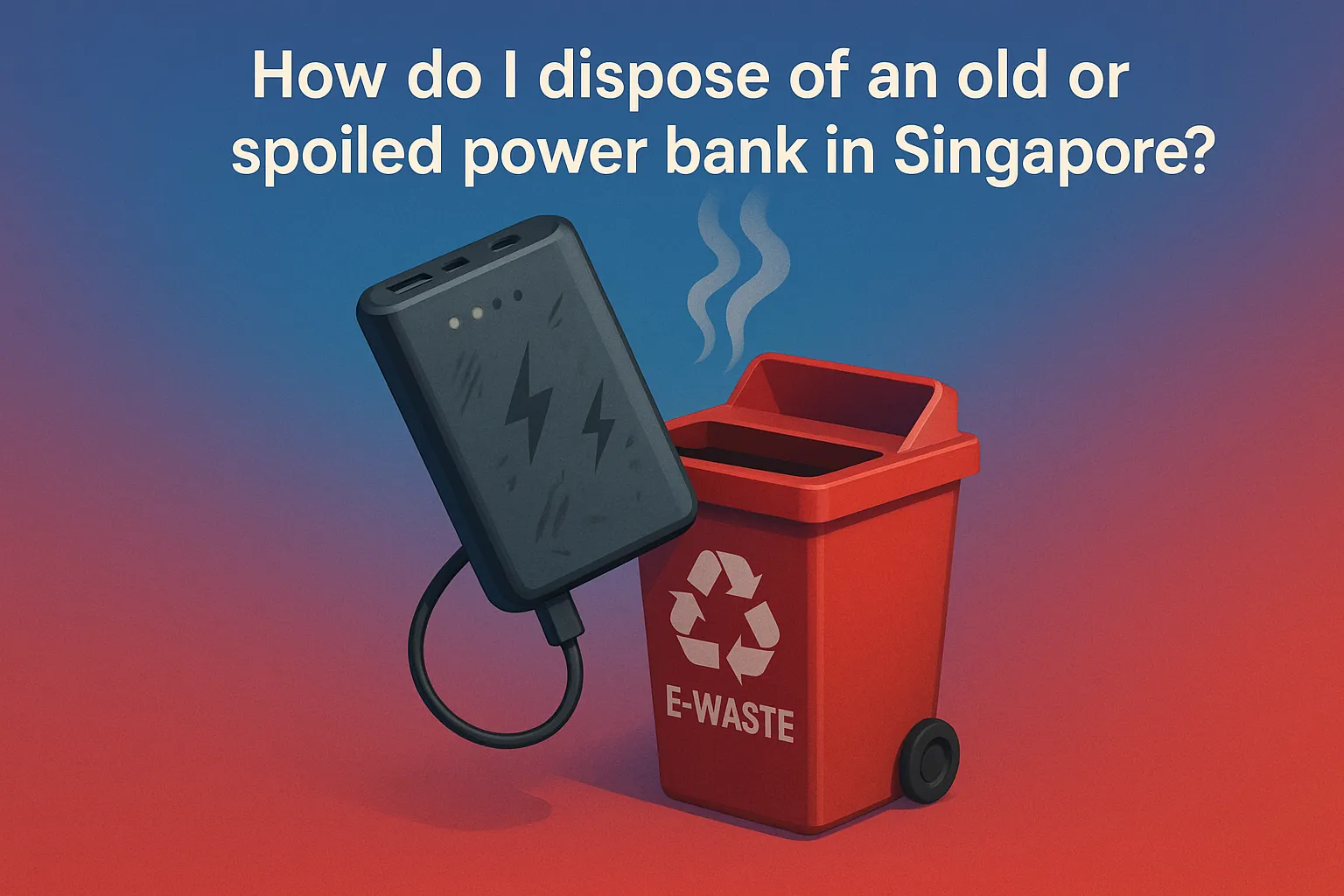
Don’t just throw it in the bin. Power banks have lithium batteries — those things can catch fire if crushed.
Here’s the easy way:
- Tape the ends to cover the ports
- Put it in a small plastic or ziplock bag
- Drop it off at an e-waste bin — you can find them at malls, community centres, some MRT stations, or even electronics shops
It’s free, takes 2 minutes, and keeps toxic stuff out of the landfill. Small thing, big difference.
9 Best Powerbanks in Singapore 2025 - Top Rated Picks

Mini verdict:
It’s the “I forgot to charge last night” lifesaver. Big capacity, silly‑fast output, and a handy screen. Not the lightest, but if you’re often out from morning till late, this is your anchor. Enough juice for a weekend staycay; still bag‑friendly for MRT commutes.
Key features
- Capacity: 24,500 mAh (roughly 85–90 Wh; cabin‑safe).
- Max output: Up to 212 W (best with compatible Xiaomi phones/laptops).
- Ports: Typically 2×USB‑C + 1×USB‑A; simultaneous charging supported.
- Fast‑charge standards: USB‑PD, PPS support on the USB‑C ports.
- Display / extras: Small status screen; pass‑through charging.
- Weight & size: On the heavier side for daily pocket carry.
Why we recommend it:
Perfect if you commute from Woodlands to Raffles Place and back, hotspot for a colleague, and still want to hit a gym class without hunting for wall sockets.
User tip:
Keep it in a sling or tote; use shorter 60–100 W USB‑C cables to reduce clutter on the MRT.

Mini verdict:
Compact, clever, and fast enough for most phones and tablets. The built‑in cable is the star—less rummaging, more charging. Slips into a Uniqlo sling or MUJI pouch easily.
Key features:
- Capacity: 10,000 mAh (day‑trip friendly).
- Max output: Up to 165 W (peaks on USB‑C; overkill for phones, great for speed‑top‑ups).
- Ports: 1×USB‑C + integrated cable; some variants add USB‑A.
- Fast‑charge standards: USB‑PD, PPS.
- Extras: Integrated cable saves space; pass‑through often supported.
- Weight & size: Pocketable.
Why we recommend it:
Grab‑and‑go charging for quick errands—HDB to hawker and back.
User tip:
If you use a rugged phone case, test the integrated cable’s fit; some cases recess the port.

Mini verdict:
Rock‑solid build, consistent speeds, and very safe thermals. Pricier than Xiaomi/UGREEN, but you’re paying for polish and peace of mind. Keeps a MacBook Air or gaming handheld going between meetings and cafés.
Key features:
- Capacity: 25,000 mAh (≈90–95 Wh; generally cabin‑safe).
- Max output: Up to 165 W across ports.
- Ports: Usually dual USB‑C + USB‑A; multi‑device charging.
- Fast‑charge standards: USB‑PD, PPS, common QC flavours.
- Extras: Clear status indicators; robust protections.
- Weight & size: On the chunky end but very sturdy.
Why we recommend it:
Great all‑rounder for CBD days—WeWork to Tanjong Pagar lunch to late‑night call.
User tip:
Pair with a 100 W USB‑C cable for laptop charging; keep a shorter 0.3 m cable for phones to avoid tangles.

Mini verdict:
Snaps on, charges, and acts like a grip on crowded trains. 30 W is generous for a magnetic bank. Easy for tap‑and‑go at gantries or paying at kopi stalls without dangling wires.
Key features:
- Capacity: 10,000 mAh.
- Max output: Up to 30 W (higher via cable; magnetic output is typically lower).
- Ports: 1×USB‑C; pass‑through on many variants.
- Standards: MagSafe‑compatible (Qi‑based), USB‑PD.
- Extras: Strong magnets; some variants add a kickstand.
- Weight & size: Slim enough for pocket carry with phone attached.
Why we recommend it:
Cable‑free convenience for MRT rides and short hops between meetings.
User tip:
Use a MagSafe‑compatible case to keep it secure when you’re jostled on the train.

Mini verdict:
Delivers near‑flagship output for noticeably less money. Sensible port layout and decent thermals. Good balance of price, capacity, and speed for daily commutes and short trips.
Key features:
- Capacity: 25,000 mAh (≈90–95 Wh).
- Max output: Up to 145 W shared.
- Ports: Dual USB‑C + USB‑A.
- Standards: USB‑PD, PPS; plays well with Samsung Super Fast Charging and iPhone fast‑charge.
- Extras: Status display on many variants; pass‑through charging.
Why we recommend it:
Strong price‑to‑performance, perfect if you rotate between phone, tablet, and ultrabook.
User tip:
Heat is the enemy in SG humidity—avoid charging inside a tightly zipped pouch.

Mini verdict:
The sweet spot—lighter than 25k packs but still pushes laptop‑level wattage briefly. Fits in a tote with an iPad and umbrella without feeling like a brick.
Key features:
- Capacity: 20,000 mAh (≈72–77 Wh).
- Max output: Up to 130 W (single‑port burst; shared when multi‑device).
- Ports: Dual USB‑C + USB‑A.
- Standards: USB‑PD, PPS.
- Extras: Clear percentage display.
Why we recommend it:
Easy carry from Jurong to Tampines, with enough punch for emergency laptop top‑ups.
User tip:
For MacBook Air/Pro, use a certified 100 W cable and the primary USB‑C port.

Mini verdict:
Chic, compact, and very commuter‑friendly. 5,000 mAh is a “make it through the evening” top‑up, not a weekend workhorse. Kickstand is perfect for watching clips while waiting out a downpour.
Key features:
- Capacity: 5,000 mAh.
- Max output: Qi2 magnetic wireless; higher via USB‑C cable.
- Ports: 1×USB‑C.
- Standards: Qi2/MagSafe‑compatible; USB‑PD on cable.
- Extras: Integrated kickstand; compact and stylish.
Why we recommend it:
Cable‑free convenience for short hops—home ↔ MRT ↔ office.
User tip:
Wireless charging wastes some power; if you’re below 15%, plug in a cable to save time and heat.

Mini verdict:
Does the job at a very friendly price. Not the fastest or coolest‑running, but excellent for quick top‑ups. Cheap enough to keep as a backup in your work drawer.
Key features:
- Capacity: 5,000 mAh.
- Max output: Up to 20 W (higher by cable than magnet).
- Ports: 1×USB‑C.
- Standards: MagSafe‑compatible (Qi‑based), USB‑PD.
- Extras: Some variants have a tiny display; slim profile.
Why we recommend it:
Great “spare tyre” for nights out or days you forgot to charge.
User tip:
If you use a thick case, consider a magnetic ring to strengthen the hold.

Mini verdict:
The “slab” design slides into sleeves with your laptop—great ergonomics. 100 W is plenty for ultrabooks and fast phone charging. Perfect for co‑working spaces where sockets are always taken.
Key features:
- Capacity: 20,000 mAh (≈72–77 Wh).
- Max output: Up to 100 W via USB‑C.
- Ports: Dual USB‑C + dual USB‑A on many versions.
- Standards: USB‑PD, PPS.
- Extras: Percentage display; flat, bag‑friendly design.
Why we recommend it:
Slides into a laptop sleeve—easy to bring for client meetings from Paya Lebar to One‑North.
User tip:
Use the highest‑watt USB‑C port for laptops; save the second port for your phone at 20–30 W.
Conclusion
At the end of the day, the best powerbank is the one that fits your lifestyle, not just the specs on paper. If you’re only out for a few hours, something light and compact is probably all you need. But if you’re out from morning till late, or juggling multiple devices, go for something with more capacity and faster charging.
And if you work remotely or need to power a laptop while moving between places, a high-output model will save you a lot of hassle, even if it’s heavier.
Don’t just pick the biggest or cheapest one. Think about how you use your devices day to day, and choose a powerbank that quietly supports that without getting in the way. That’s the real win.

